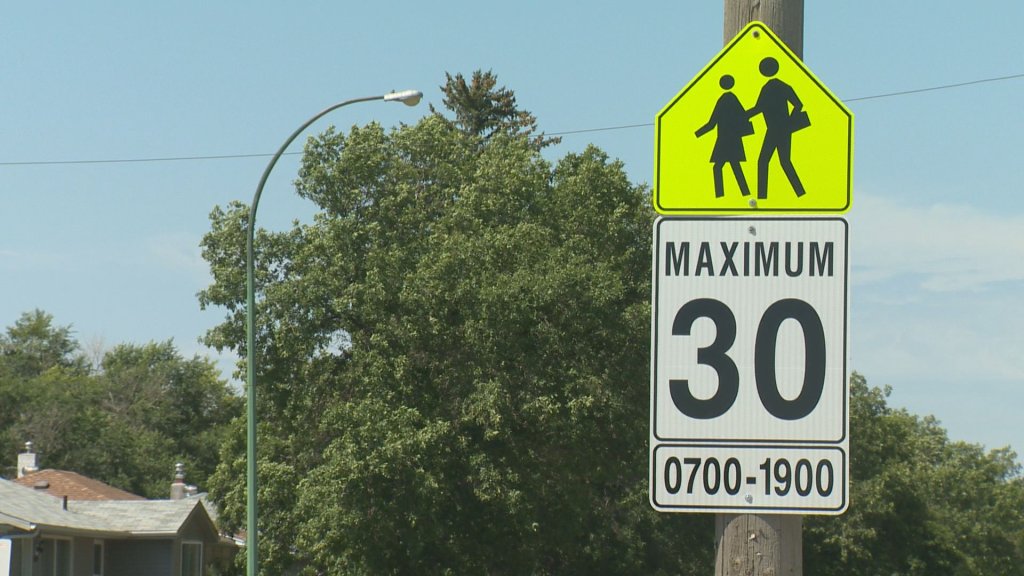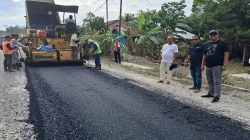Vancouver Considers Lowering Speed Limits to Enhance Road Safety
The City of Vancouver is exploring the possibility of reducing speed limits on minor streets from 50 km/h to 30 km/h. This initiative aims to improve road safety and save lives. The proposal, outlined in a report set for presentation to the city council, draws inspiration from successful programs implemented in other cities around the world.
These efforts are part of the broader “Vision Zero” strategy, which originated in Europe. The goal of Vision Zero is to eliminate fatal crashes and serious injuries by rethinking traffic safety measures. Recently elected Vancouver City Councillor Lucy Maloney has expressed strong support for this approach. She believes that adopting this model will bring the city closer to achieving its safety goals.
Maloney highlighted several potential changes that could be implemented, including more speed bumps, raised crosswalks, narrower lanes, and what is known as “daylighting intersections.” Daylighting involves reducing visual obstructions at intersections to improve visibility for all road users.
“I hope that we have a unanimous vote to show staff that we really care about reducing deaths and injuries on our roads and we’re going to stand behind them to make sure it happens,” Maloney said.
Councillor Pete Fry, who has long advocated for traffic safety improvements, also supports the proposed changes. He pointed out that similar initiatives have been successfully adopted in cities such as European cities, New York, Portland, and Seattle.
Fry emphasized the importance of lower speed limits, explaining that the risk of severe injury or death increases significantly when a person is hit by a vehicle traveling at 50 km/h. In contrast, the risk drops dramatically when the speed is reduced to 30 km/h.
“If a human body is hit by a car travelling at 50 kilometres an hour, the chances of grievous bodily injury or death are about 80 per cent. If that same person is hit by a car travelling at 30 kilometres an hour, the risk of injury or death reduces down to about 10 per cent.”
Councillors involved in the initiative stress that the changes do not require expensive consultants, as much of the research is based on data from other cities. However, the report does highlight the financial implications of implementing these changes.
The report recommends a phased approach, starting with 25 neighborhood slow zones at an initial cost of $350,000. If approved, the city would need to allocate approximately $14 million over the next three years to install slow zone signs on every street in Vancouver.
This initiative represents a significant step towards creating safer streets for all residents. By adopting lower speed limits and implementing targeted infrastructure changes, Vancouver aims to reduce the number of traffic-related injuries and fatalities. The success of this plan will depend on continued support from city council and the community.







